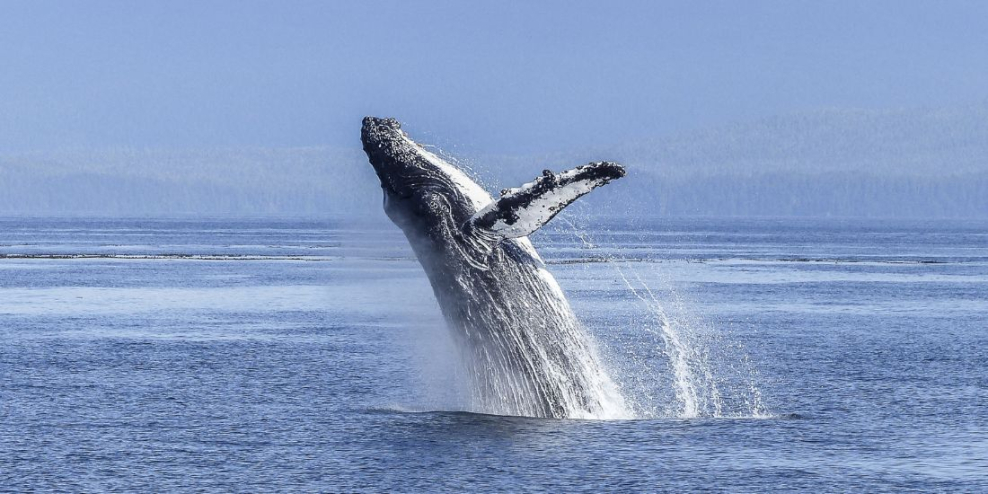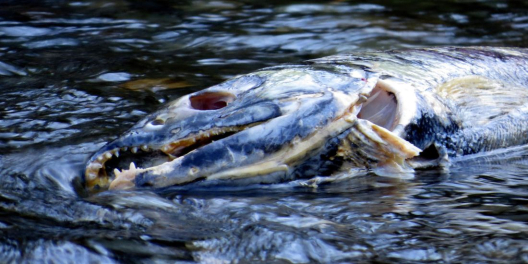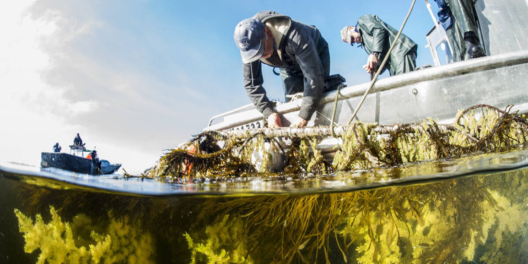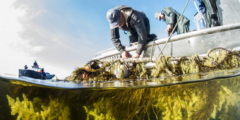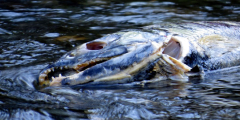The federal government and 15 coastal First Nations have agreed to create a massive marine protected area (MPA) off the BC Coast.
It’s a big win – not only for ocean species, but also for coastal communities and economies.
MPAs are geographically defined areas managed for long-term conservation.
The region, known as the Northern Shelf Bioregion, extends from the top of Vancouver Island to Alaska.
The MPA announcement happened at the fifth International Marine Protected Areas Congress (IMPAC5) in Vancouver, bringing together representatives from more than 120 countries to discuss ocean issues.
The first step in this newly announced MPA agreement is to fully protect 21 sq km of Knight Inlet northeast of Campbell River, home to a rare sponge, coral reef, estuaries, and salmon streams.
If commitments are kept, there will be no fishing or other resource extraction in this MPA and eventually in the entire Northern Shelf Bioregion.
The science is clear. Conventional fisheries management – for example, setting catch limits and temporarily closing seasonal commercial openings – has limited long-term effectiveness in sustaining fisheries.
The proof is in the collapse of the Pacific salmon fishery.
On the other hand, MPAs have proven time and again to be one of the most powerful ways to protect fisheries and ocean life.
They’re like an insurance policy when other types of fisheries management fail. And they often do.
Research has shown that MPAs can replenish life and restore processes like water purification and carbon capture. In addition, they play a significant role in protecting and bringing back the large old fish that are key to reproduction and population growth.
It’s simple. Animals that live longer produce more offspring. As these populations come back, their offspring swim farther. In so doing, they extend the benefits of the MPA far beyond its boundaries.
Fishery resources improve – and so do the livelihoods of coastal people.
One economic study found that each dollar invested in MPAs generates an estimated $20 in benefits.
Who wouldn’t invest in something with that kind of return?
Benefits include boosting neighbouring fisheries and reducing greenhouse gas emissions by restoring damaged coastal habitats (marine life like kelp can capture vast amounts of carbon.)
Healthy coastal marine environments can also act as storm buffers. They can also generate eco-tourism, MPA management jobs, and new scientific discoveries. In so doing, they make coastal communities less dependent on resource extraction.
Don’t be fooled by the name.
Marine Protected Areas aren’t about killing jobs to save pretty fish.
They’re about saving fish and fish habitats to protect and even create new jobs.
This new commitment to protect the Northern Shelf Bioregion is a long overdue win for coastal BC.

